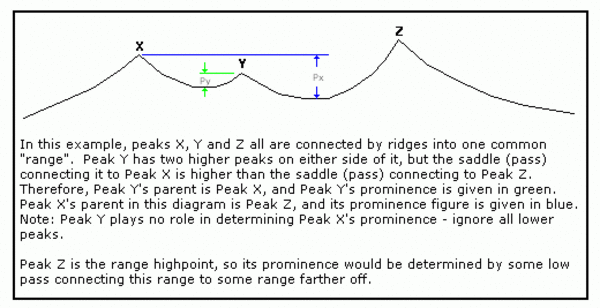

Numerous positive and negative feedbacks characterize the current adaptation of glacier systems to climatic changes ( WGMS, 2008 Haeberli et al., 2013). This differential evolution appears mainly controlled by (1) the proportion of ice, debris and the presence of water in the ground, and (2) the thickness of the superficial debris layer.

Thus, these systems are affected by both direct and high magnitude responses and delayed and attenuated responses to climatic variations. Here, a constant and slow internal deformation was observed ( c. Conversely, surface lowering is close to zero (−0.04 m yr −1) in the rock glaciers. Decimetric to metric movements, related to ice ablation, internal deformation and basal sliding affect the glacial zones, which are mainly active in summer. Five distinct sectors are highlighted in each system: firn and bare-ice glacier, debris-covered glacier, heavily debris-covered glacier of low activity, rock glacier and ice-free debris. Three systems were investigated with electrical resistivity tomography and dGPS monitoring over a 3-year period. This contribution explores the internal structure of very small debris-covered glacier systems located in permafrost environments and their current dynamical responses to short-term climatic variations. Faculty of Geosciences and Environment, Institute of Earth Surface Dynamics, University of Lausanne, Lausanne, Switzerland.Jean-Baptiste Bosson * and Christophe Lambiel


 0 kommentar(er)
0 kommentar(er)
